Tips for crossing the US border without hassle
Between 85% and 90% of Canadians live within 150 kilometres of the United States-Canadian border, the longest land border in the world. Chances are you will get the chance to spend a few days in the US and plan a trip to New York, Boston, Chicago, Seattle or San Francisco.
Crossing the US border is straightforward as long as you have the right documents.
Find out if you need a visitor visa
The first thing to remember is that your immigration status in Canada (permanent residency, WHP, etc.) doesn’t give you any special rights—what matters is your country of citizenship.
Depending on your country of citizenship:
- You need a Visitor Visa (in your case, probably a Tourism B-2 visa)
- You may be able to travel to the United States for short visits without a visa though the Visa Waiver Program
There are several steps to apply for a Visitor Visa and you have to apply at the US embassy or consulate where you live. For more information, read Visitor Visa.
Travelling to the US under the Visa Waiver Program
If you enter the US by land, you will have to fill out Form I-94W (handed out at the border station) and pay a $6 fee. You will be able to stay in the US for up to 90 days. Working is not allowed. After you fill out the form, you will be asked a few questions regarding your travel plans–“huh, not sure yet” isn’t an acceptable answer, you have to convince the border officer you will absolutely not try to find work or overstay your visa. You will then have to give biometric data (picture and fingerprints) and Form I-94 will be stapled to your passport. The whole process can take from five minutes to a few hours depending on how busy the border crossing is and how picky the border officer is.
Remember that border officers can deny entry to the US. It’s up to you to convince them you intend to abide by the terms of your visa. It’s always a good idea to have proof of sufficient funds (i.e. bank statements, pay stubs) to show that you can support yourself during your trip, especially if you’re planning to stay for more than a few days.
If you plan to take several trips to the US during the 90-day period, you can keep Form I-94W in your passport to avoid paying the $6 fee every time you cross into the US. When it’s your last trip, tell the Canadian border officer to take the form back.
If you arrive by air or by boat, you must have authorization through the Electronic System for Travel Authorization (ESTA). You need to apply online at least 48 hours before your trip. The ESTA costs $14 and it’s valid for multiple trips over a two-year period (starting from the date that you are approved) or until your passport expires, whichever comes first.

















 Français
Français English
English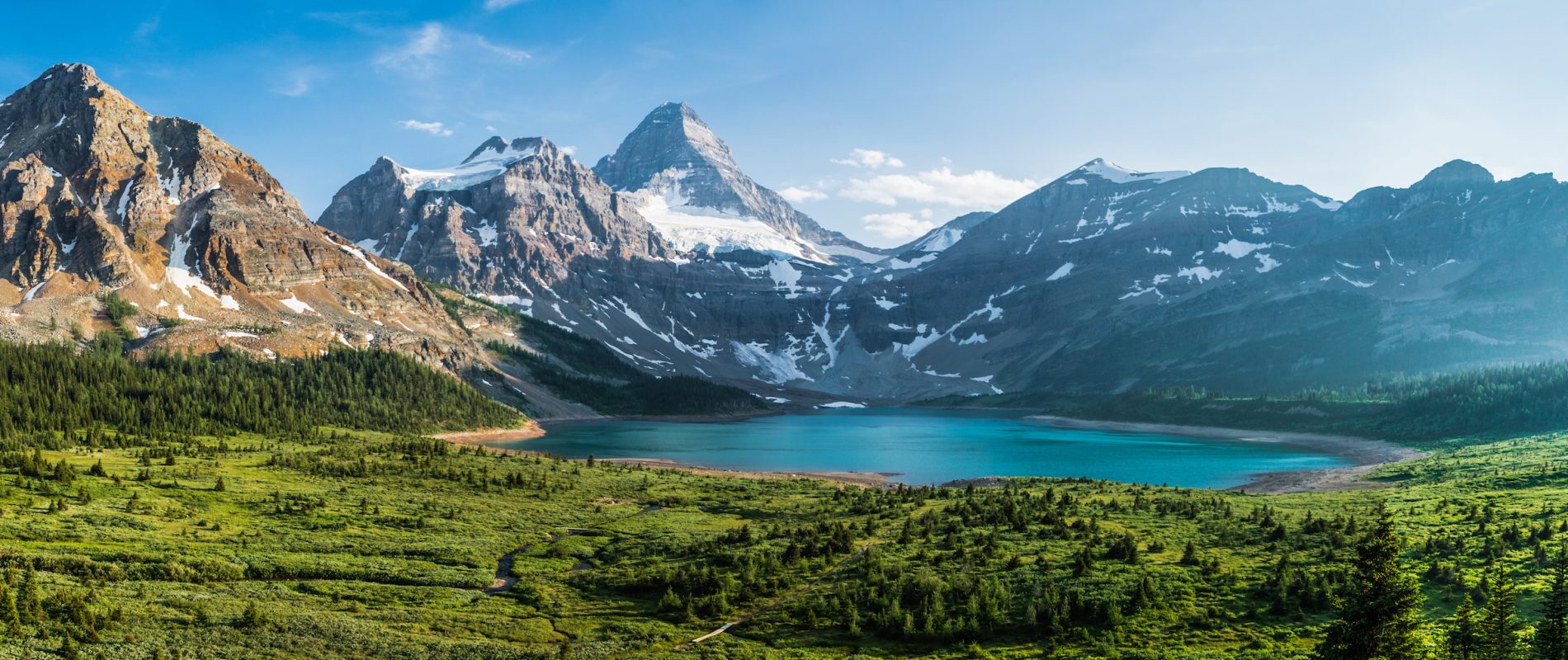
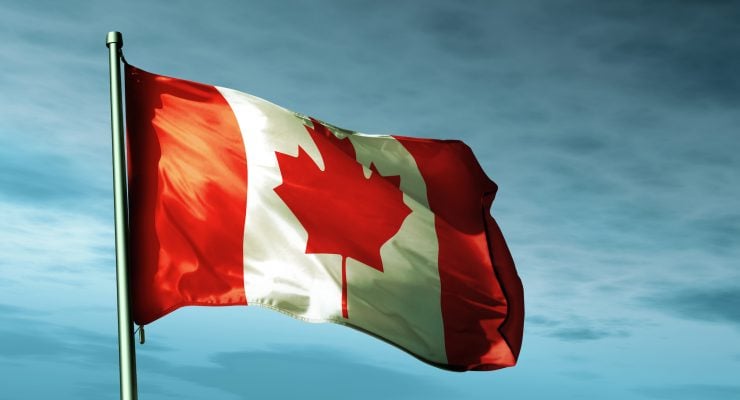
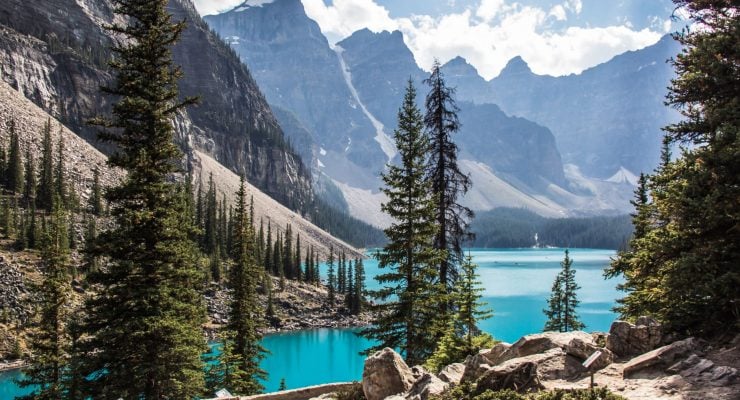
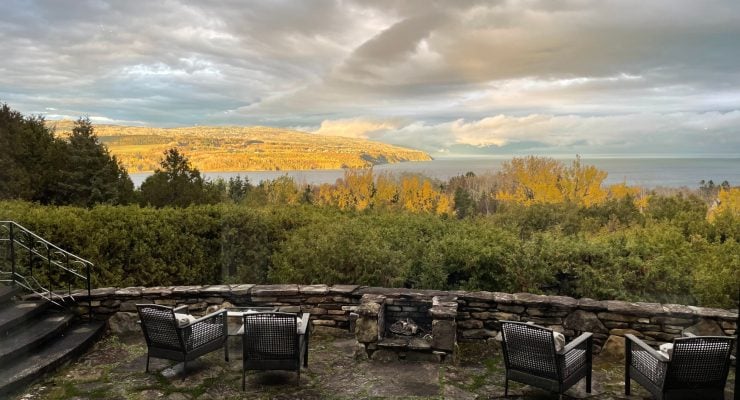
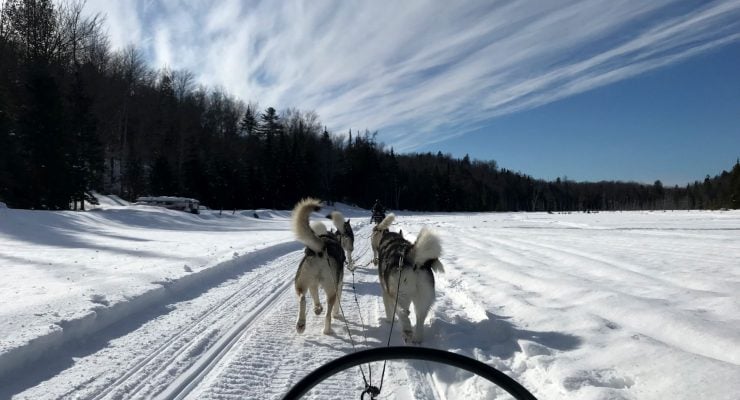
0 comments
{{like.username}}
Loading...
Load more